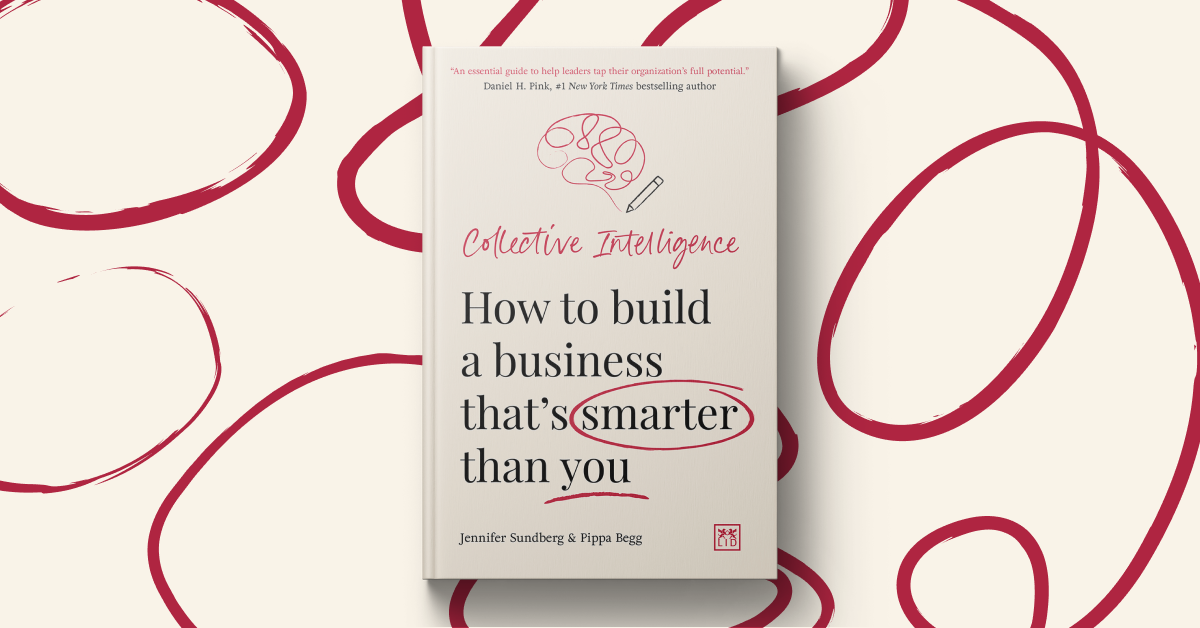Pippa and I have gotten a lot wrong over the past 15 years building Board Intelligence together. But one thing I’ve never regretted was our decision to co-lead the company as co-CEOs.
Of course, there’s the obvious bit. With five rounds of maternity leave between us, it’s made our comings and goings much smoother.
But, most importantly, we benefited from two heads being better than one.
CEOs are as susceptible to flawed thinking, bad ideas, and cognitive bias as anyone. And we’re at even greater risk of hubris. The air is thin at the top and it’s easy to start believing your own hype. Power doesn’t just corrupt, it makes you stupid.
This is (partly) why we have boards — to serve as a check and balance on the executives and the CEO in particular.
But what we’ve learned working closely with some of the world’s most successful leaders is that the ones who keep on winning decade after decade are the ones who welcome challenge and who seek it out, going far beyond what is required of them in the boardroom.
The leaders who succeed in the long run reject the hero status of the superstar CEO. While others fly too close to the sun and crash land around them, they design their organizations in a way that empowers everyone to use their brains, delivering more than the sum of the intellectual parts.
This isn’t a function of wishful thinking or the CEO simply giving permission for it to happen. It’s a function of systematically creating the conditions to tap into the combined brainpower of their people and convert that thinking to action.
In our book, Collective Intelligence: How to build a business that’s smarter than you, we set out what those conditions are and how to build them.
Fallen “heroes” like Sam Bankman-Fried and Adam Neumann might make great headlines but they don’t make great role models. In this book, you can learn from leaders who did things differently — and combined their own brilliance with the intellect, skills, and wisdom of everyone around them to build enduringly successful businesses.
Every company has a vast reservoir of brainpower. We’ve written a book to show you how to tap into it.
Find out more


